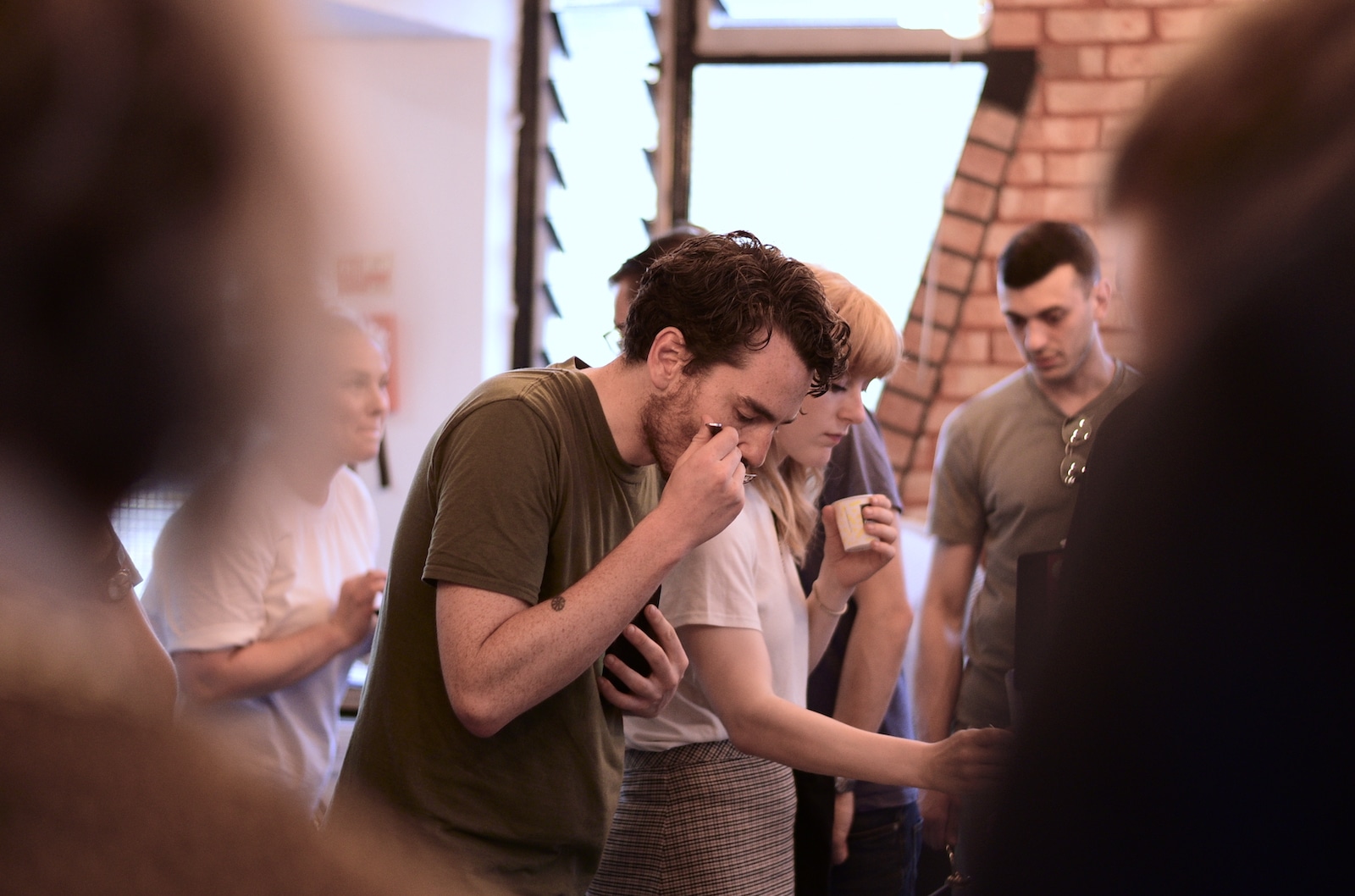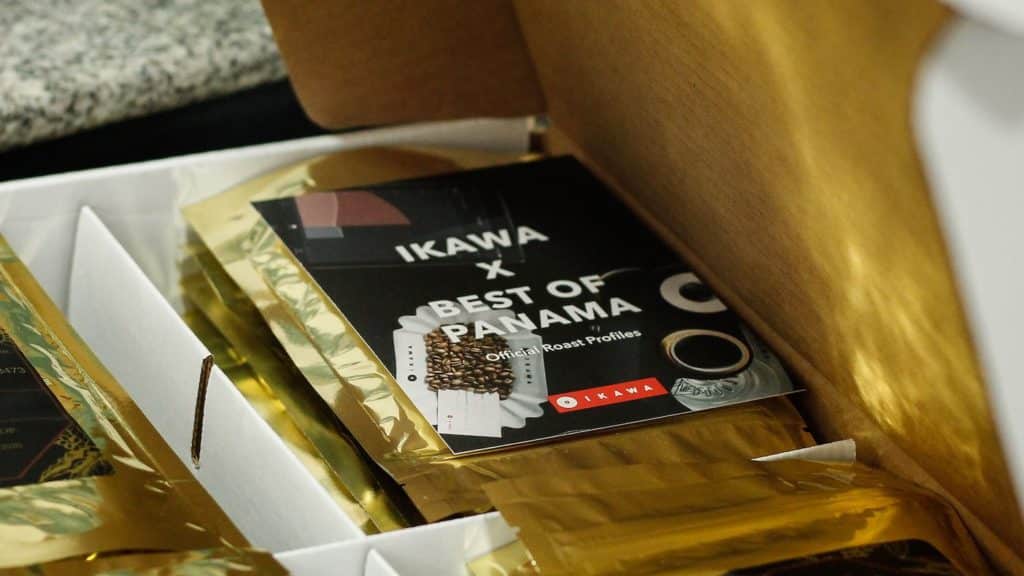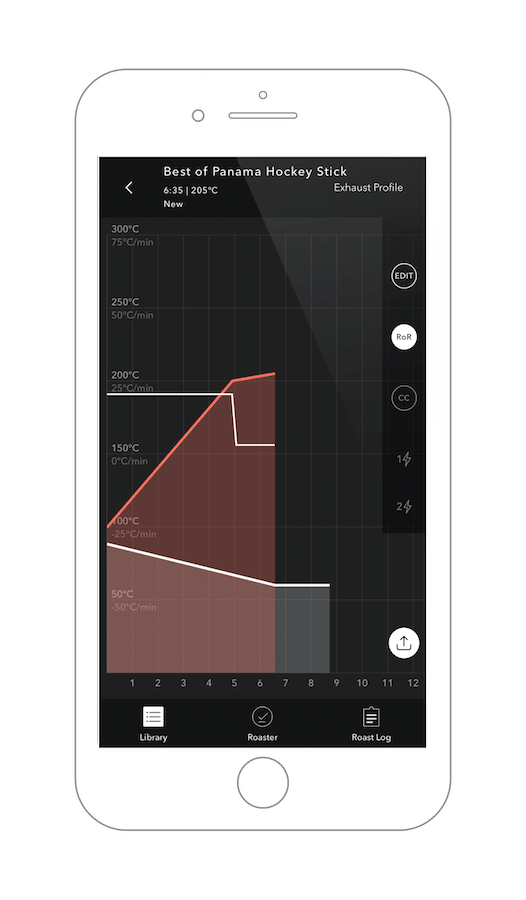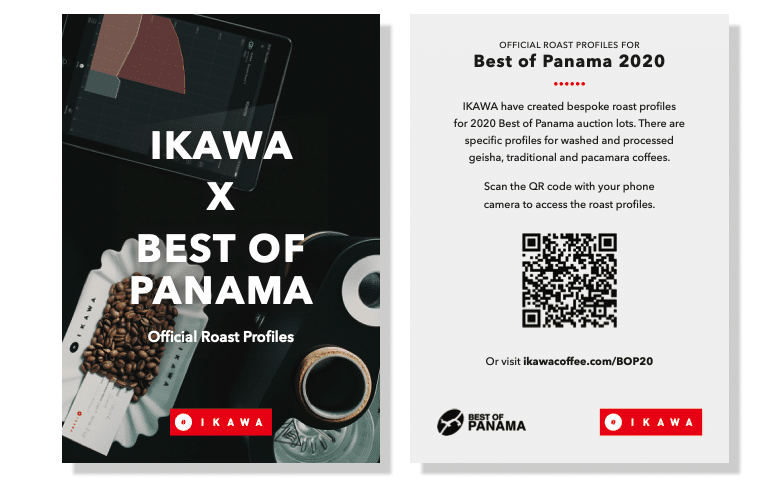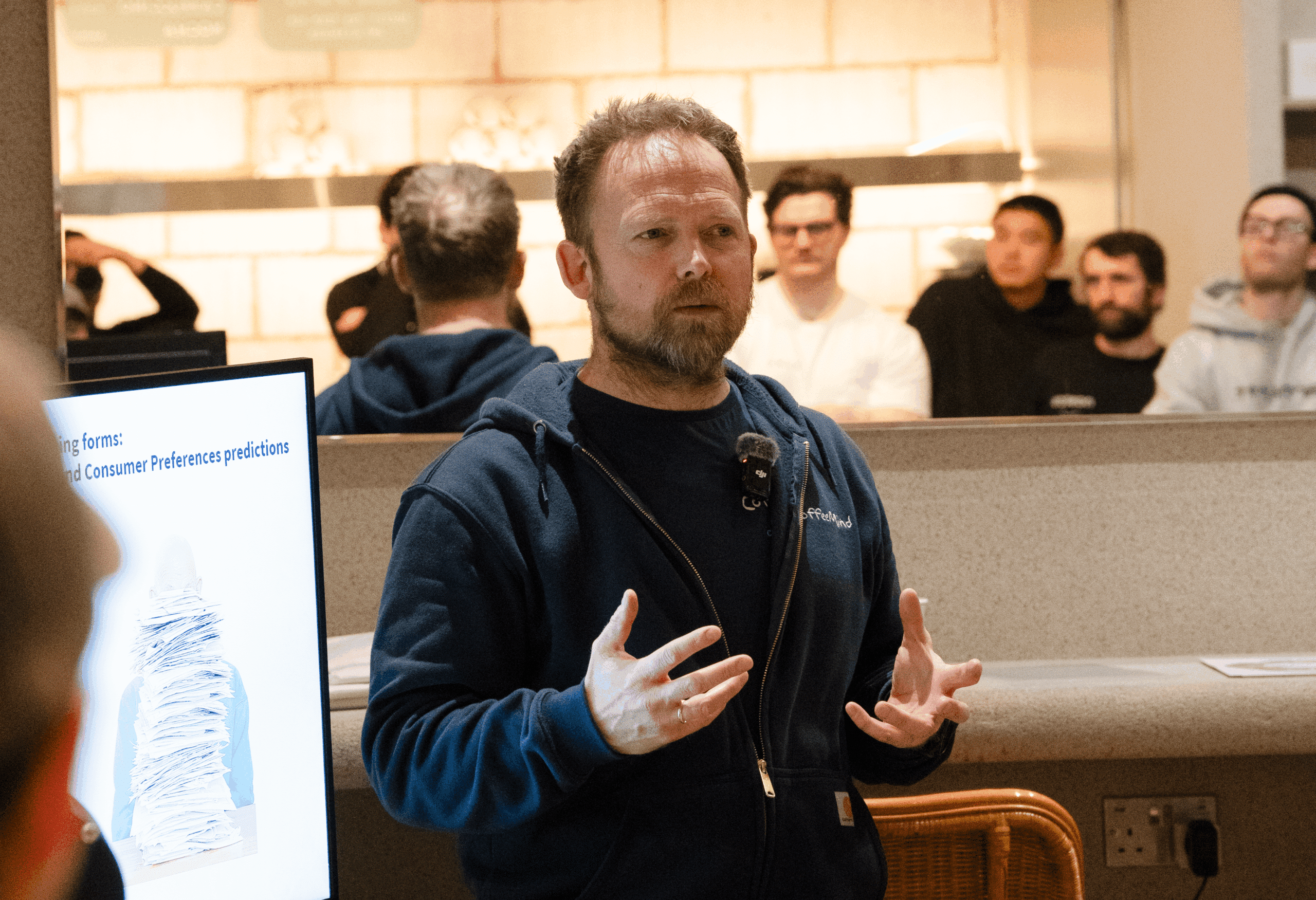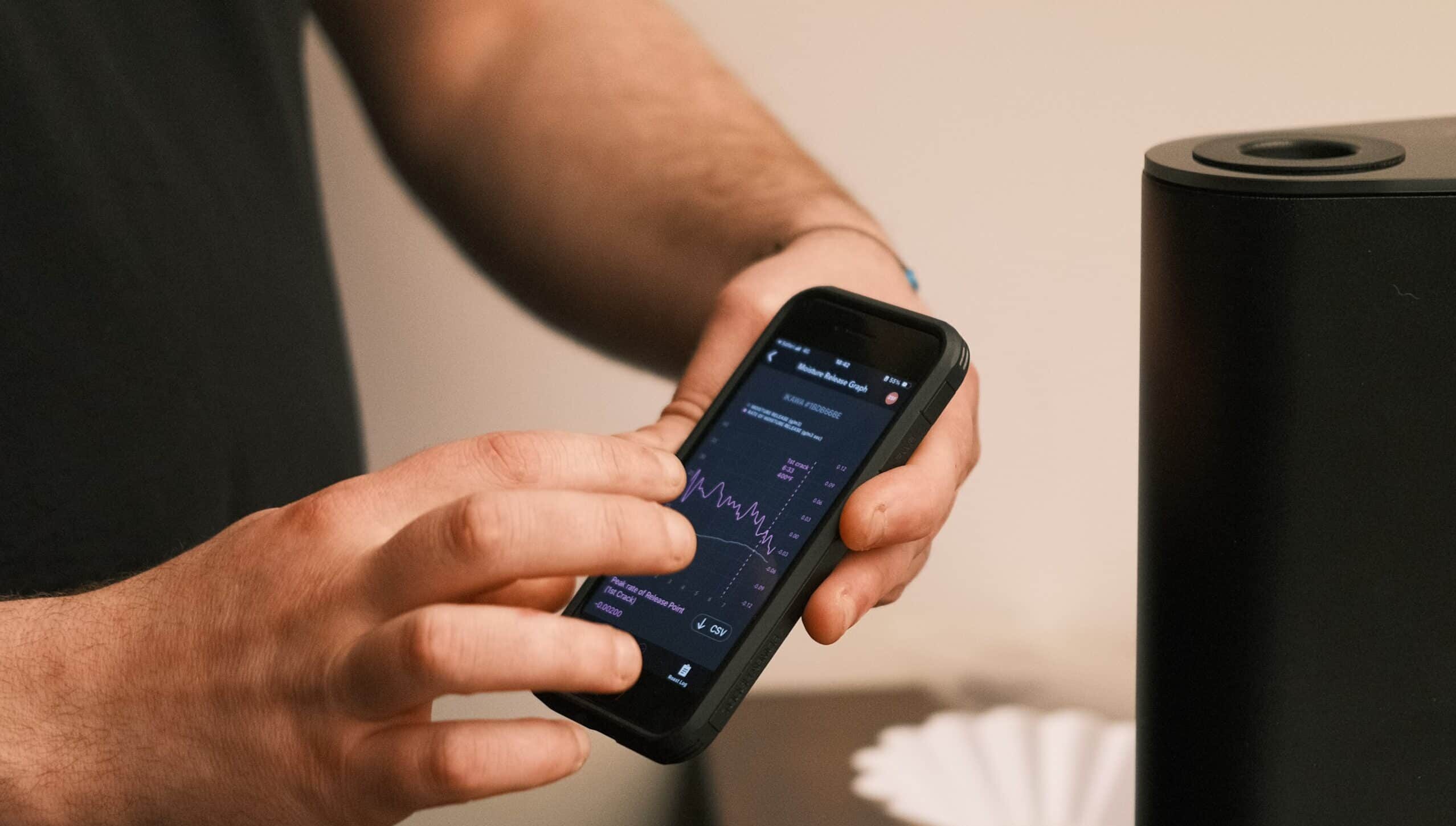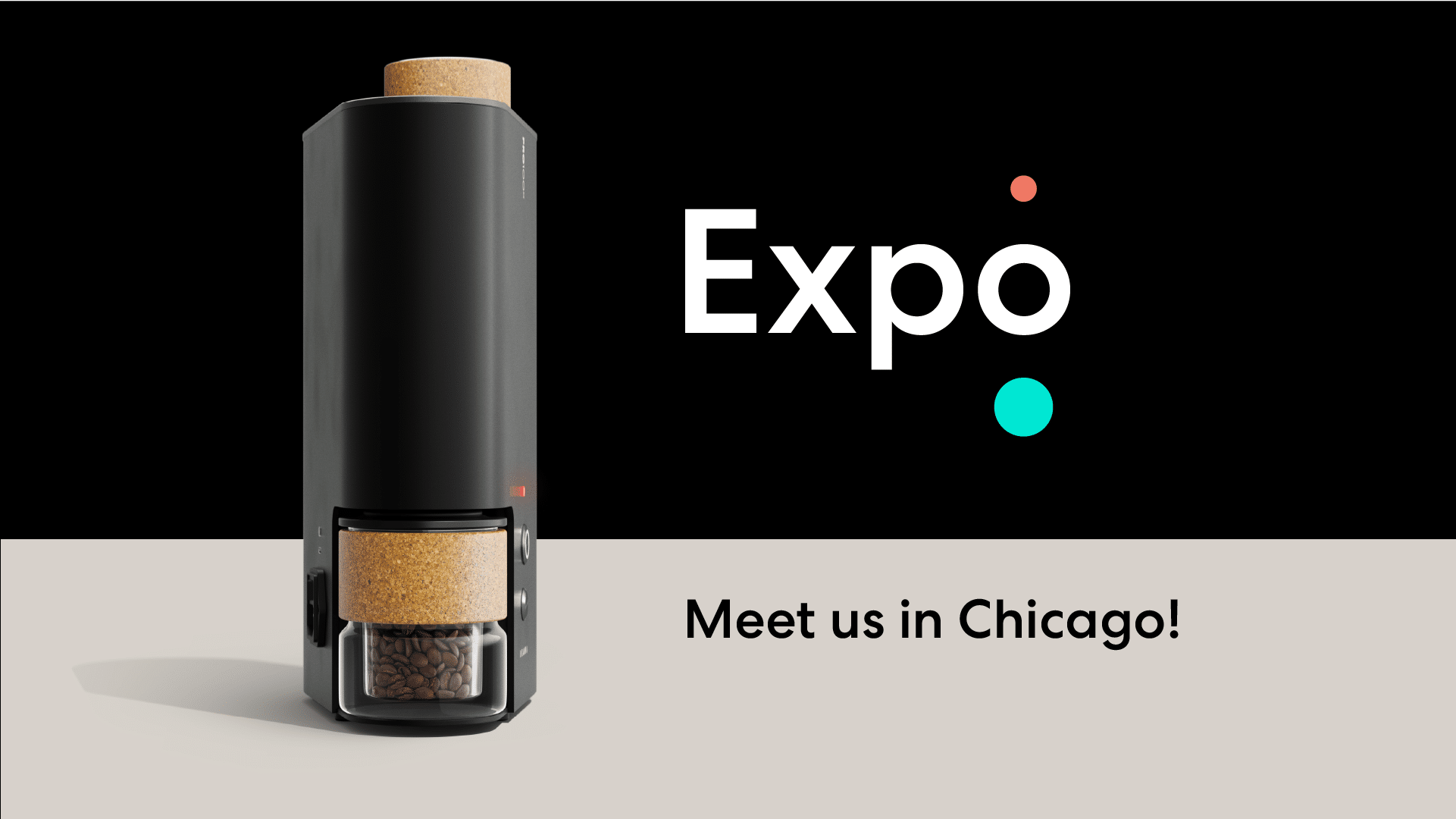The Best of Panama auction is renowned for showcasing some of the finest coffees in the world.
Last year we had the privilege of traveling to Panama to hold roasting workshops, and held a cupping of the BOP winners which you can read about here.
While things are different this year, and the judging for Best of Panama was held remotely, we are continuing our support and have worked with Josh Tarlo, 2018 UK Barista Champion and Head of Coffee for London based roaster Kiss the Hippo, to create official sample roast profiles for the Auction Lots.
In this post, Josh explains his approach to creating the official roast profiles.

